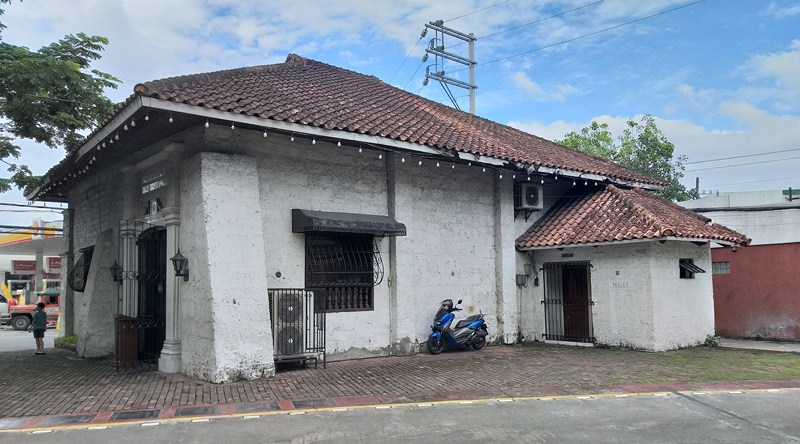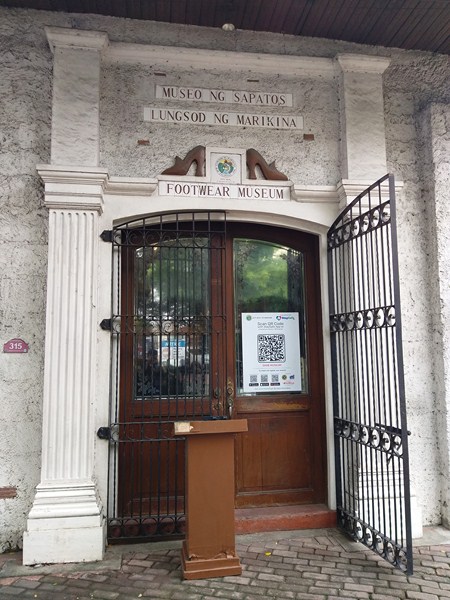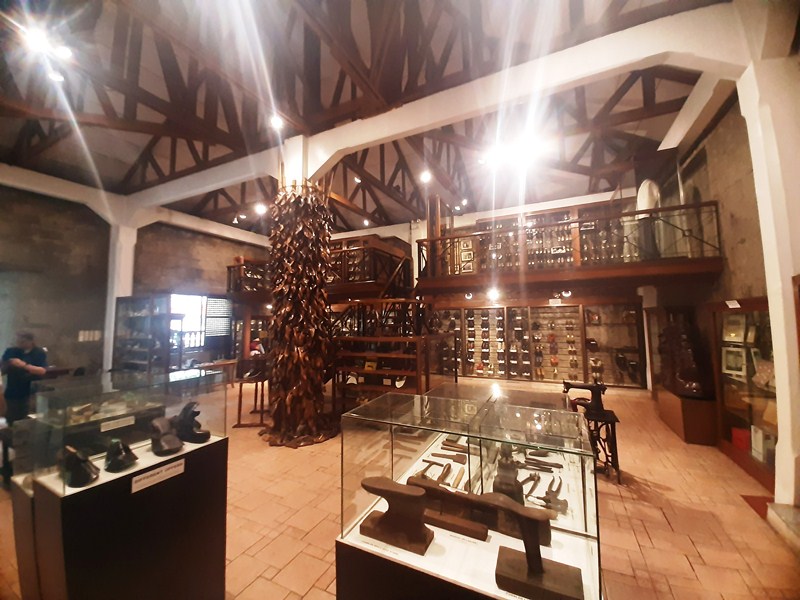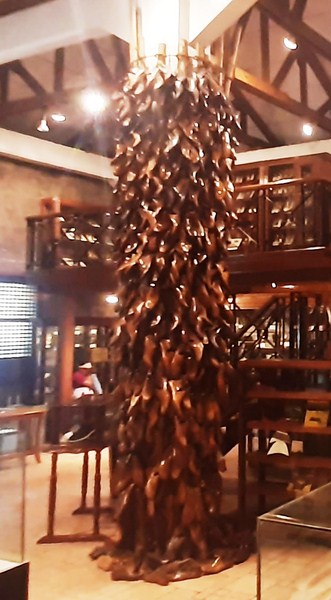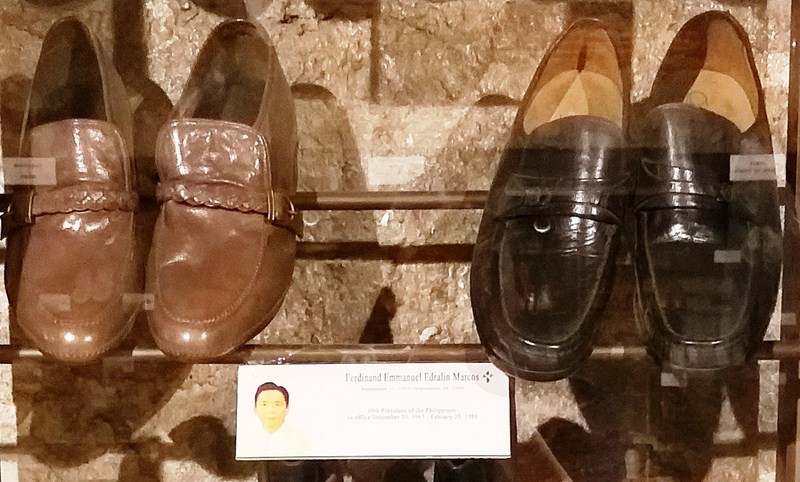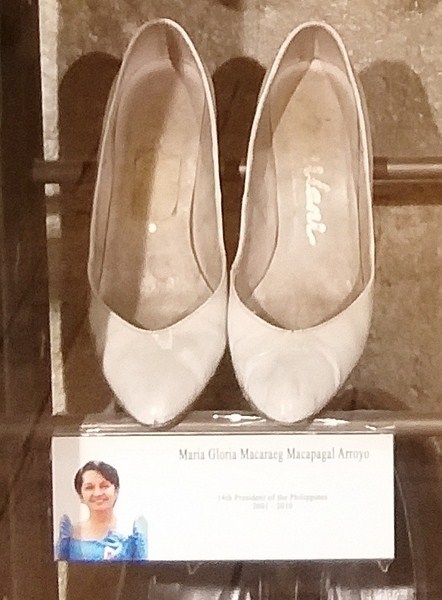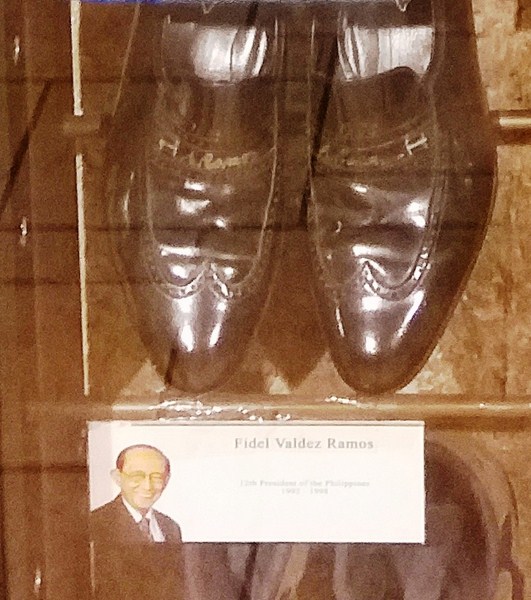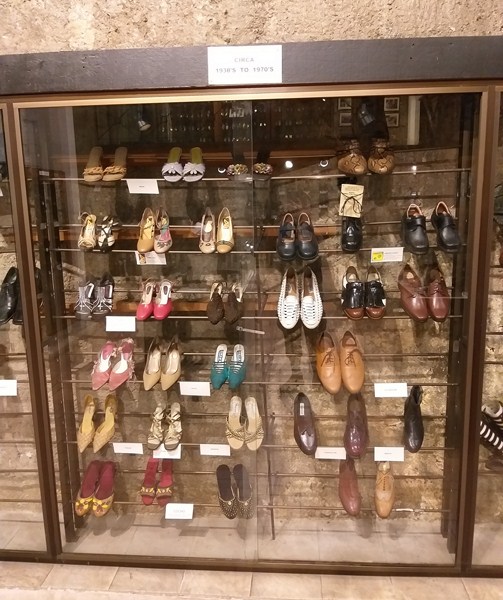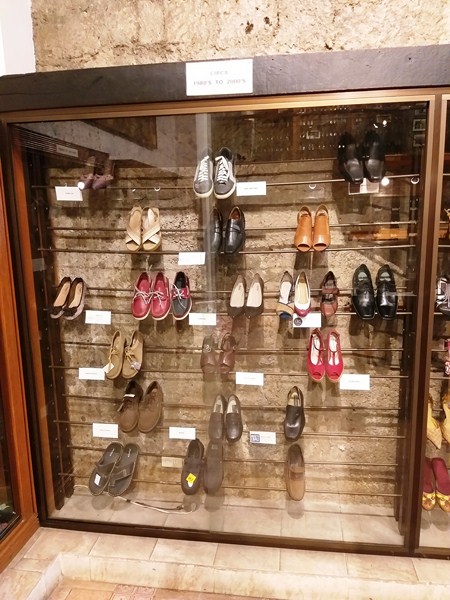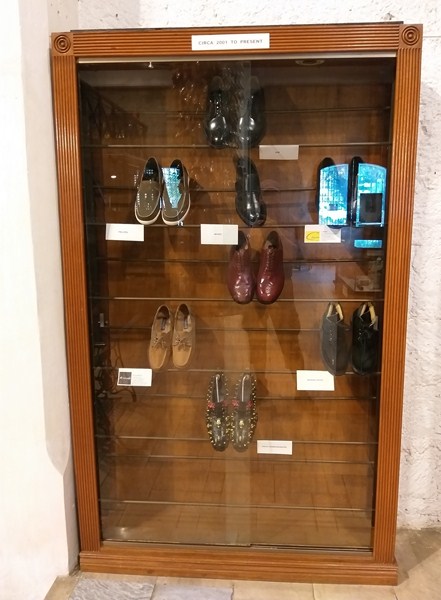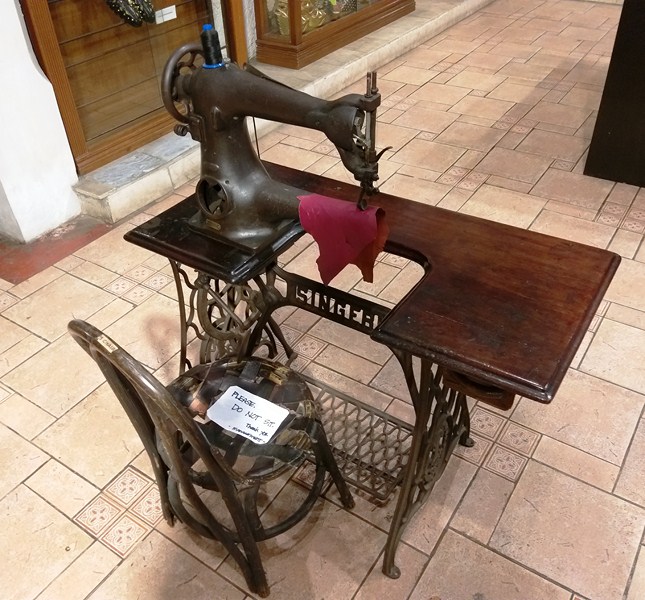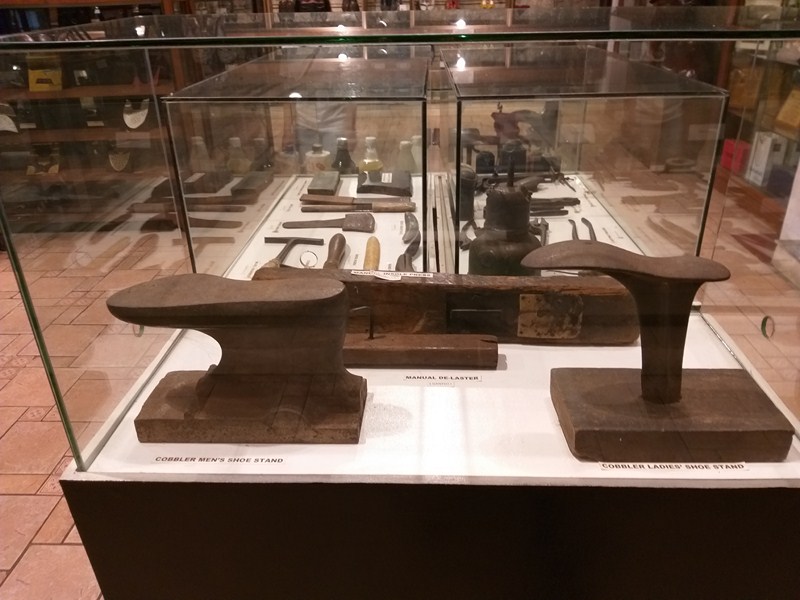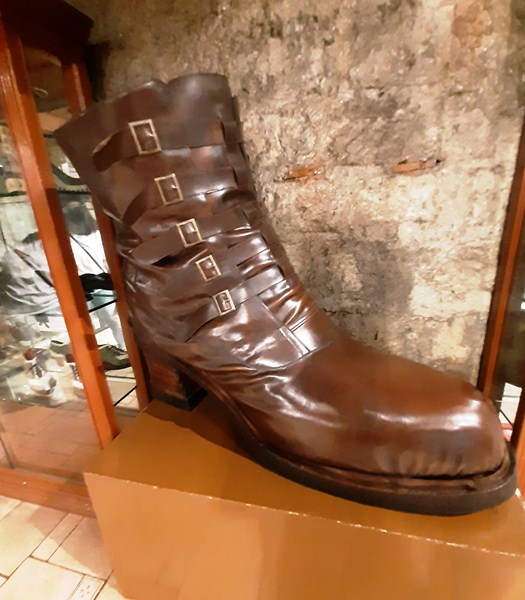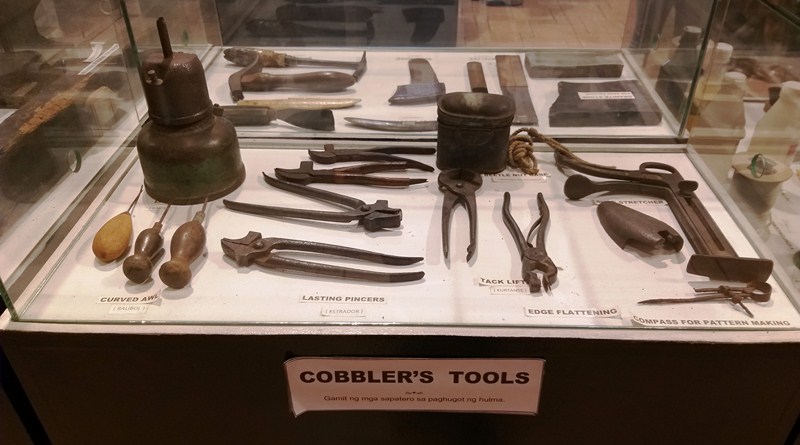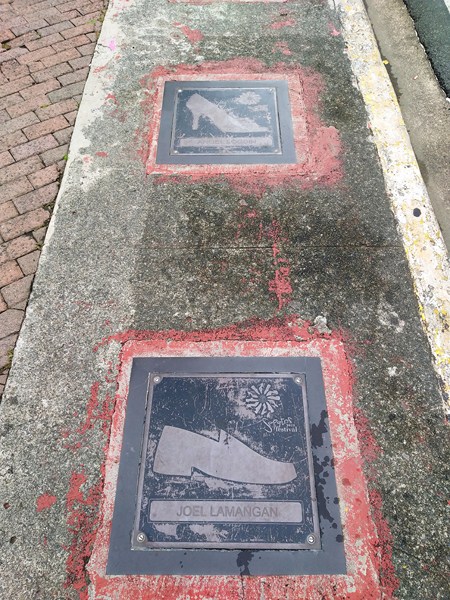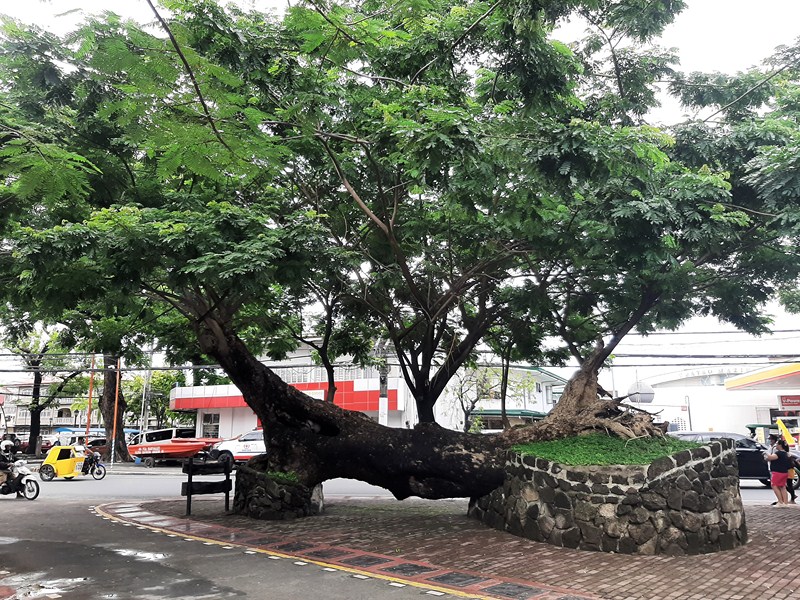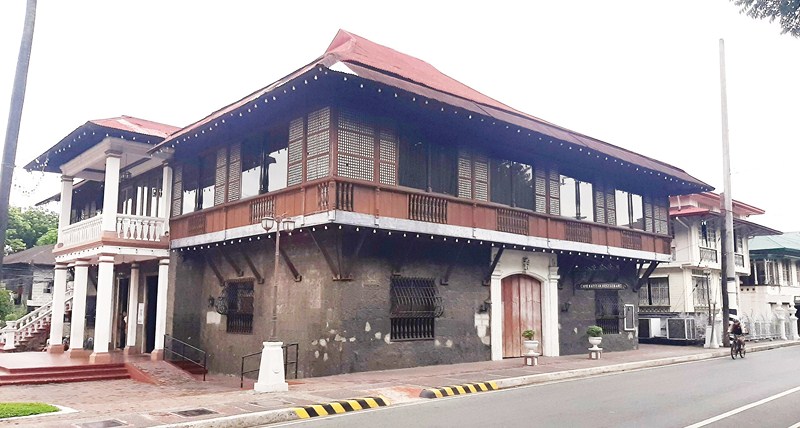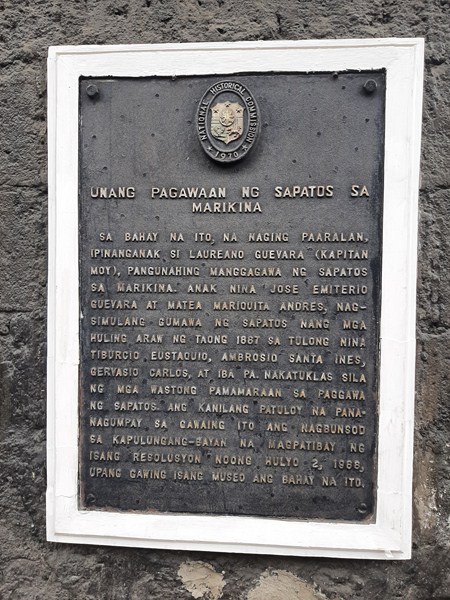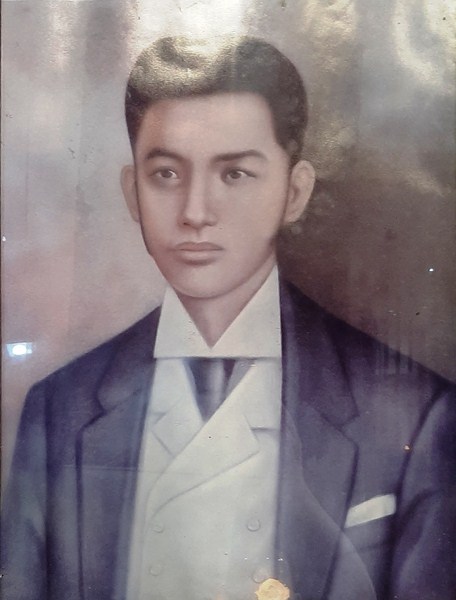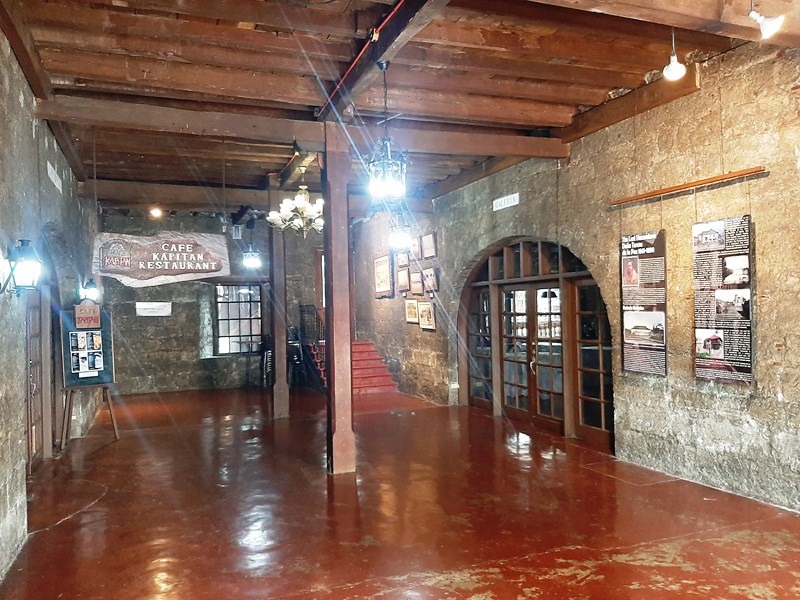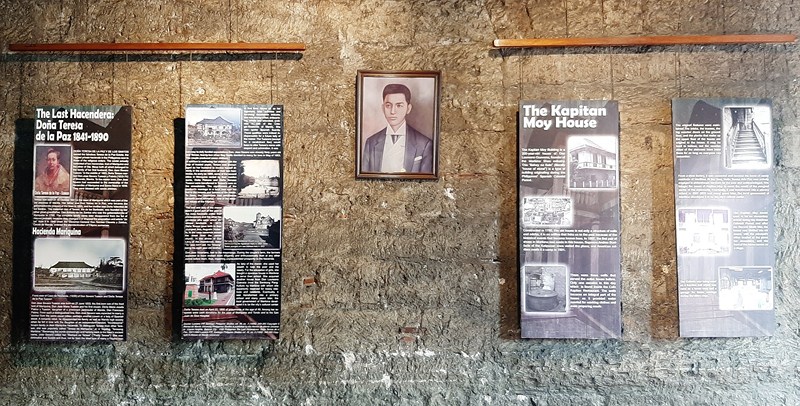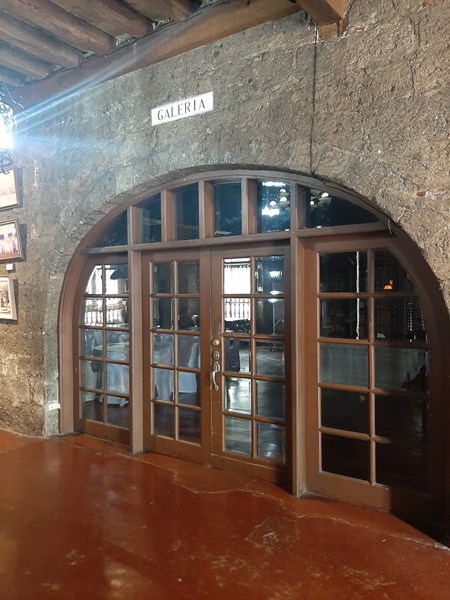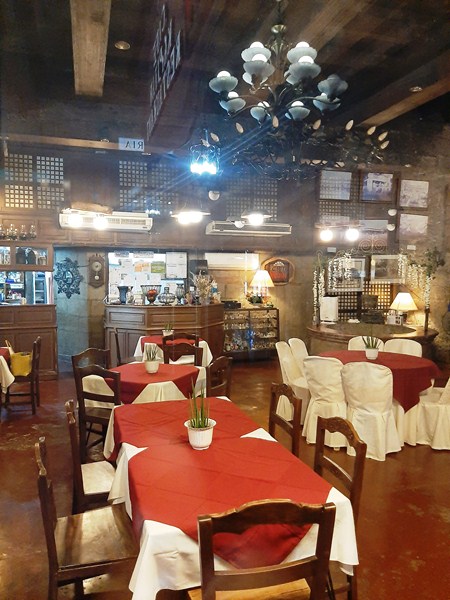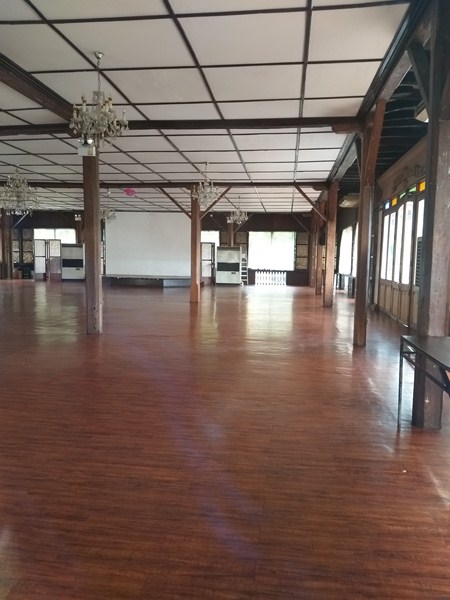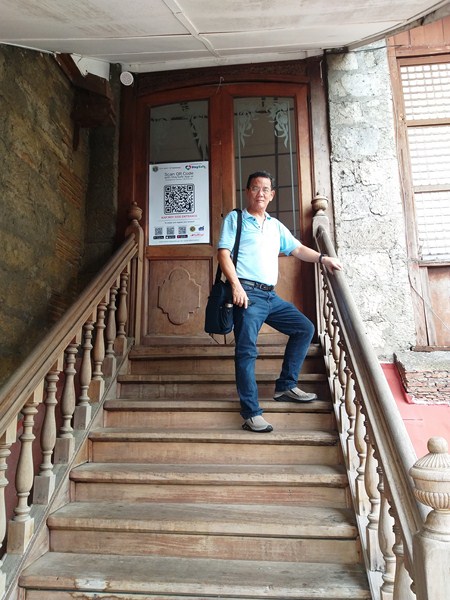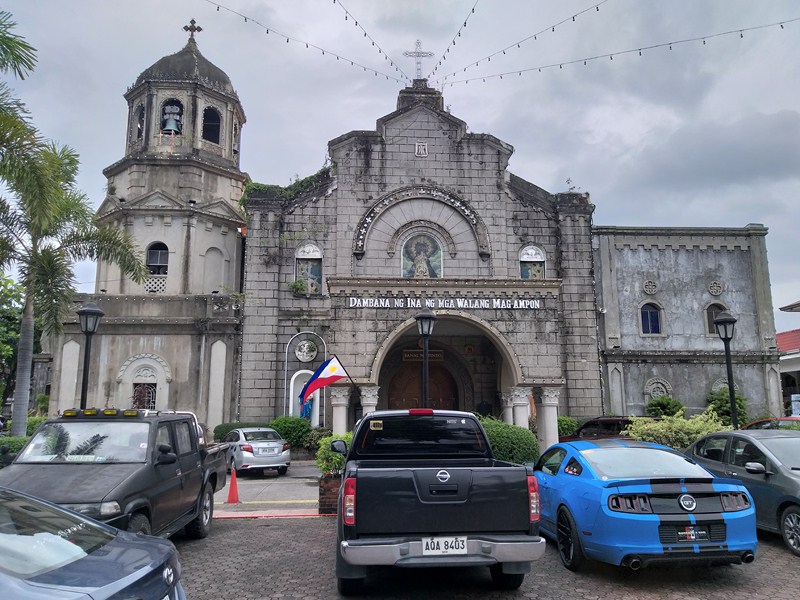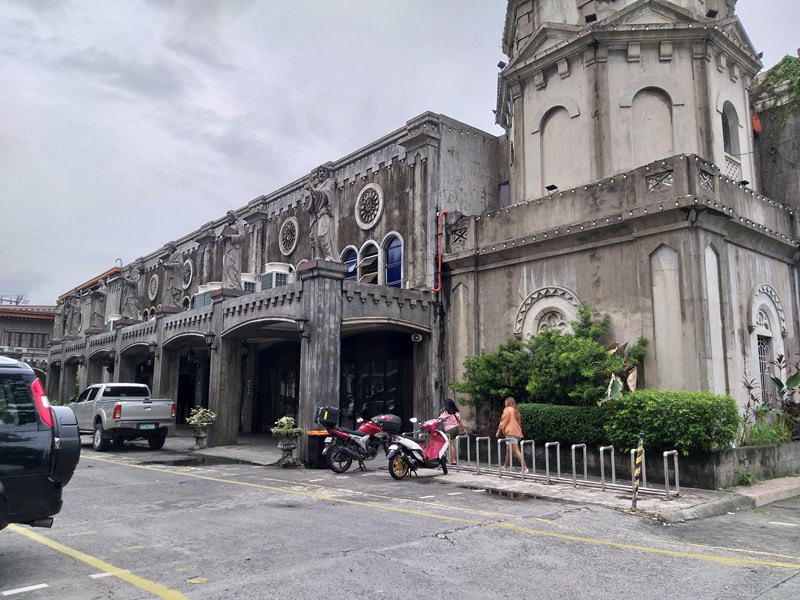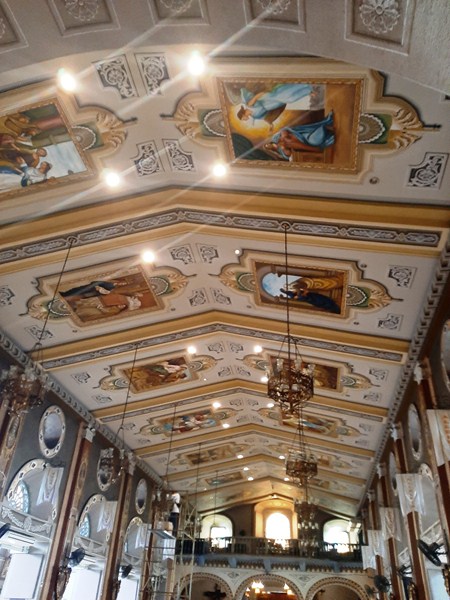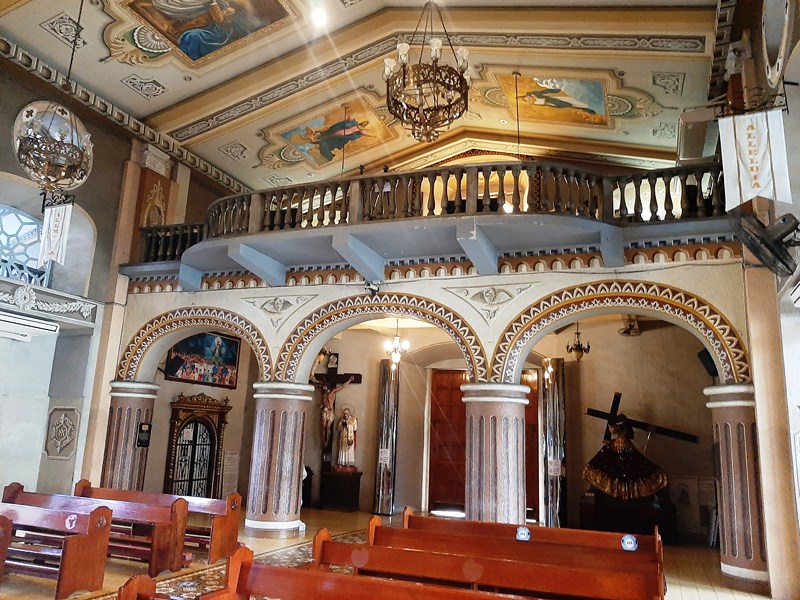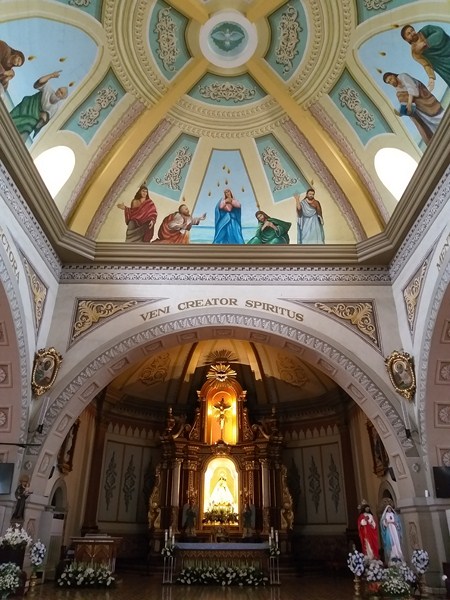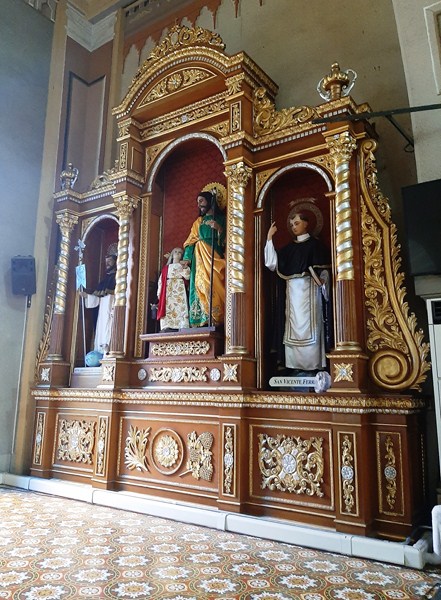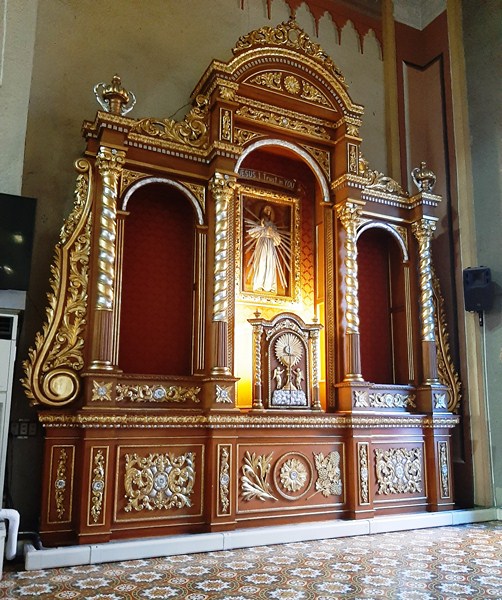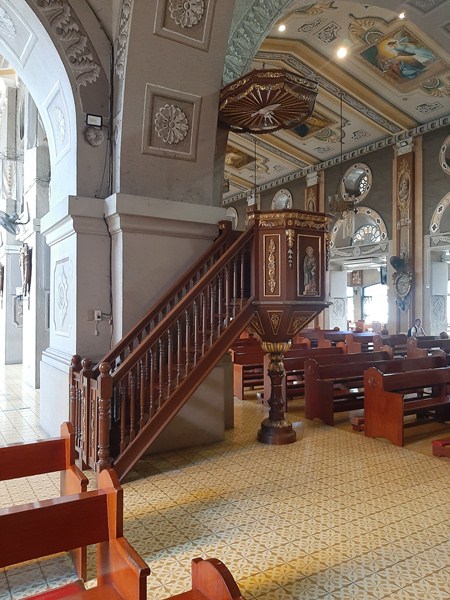The Museo ng Sapatos (Shoe Museum), formerly known as the Footwear Museum of Marikina, is housed in an old stone building (bigasang bayan) built in 1880s by Dona Teresa de la Paz of the affluent Tuason family to store palay. During the Philippine Revolution, it served as an armory of the Guardia Civil and, during the Philippine–American War, the building was used as a detention center.
During the American era, it was then used as a motor pool and, during the Japanese Occupation, it served as a detention center for suspected guerillas. After World War II, the structure was repurposed as a rice mill by the Tuason family but was later abandoned.
In 1998, Mayor Bayani F. Fernando conceived the idea to open a museum dedicated to Marikina‘s 110-year old shoe industry and, in 2000, he had it renovated and converted into a museum.
Opened as Marikina Footwear Museum on February 16, 2001, it aims to showcase the shoes worn by prominent figures and personalities in the Philippine history and to trace the history of the shoe industry. Imelda R. Marcos herself led the museum’s opening. When Typhoon Ondoy struck in 2009, water reached 4 ft. high inside the museum and many shoes were damaged.
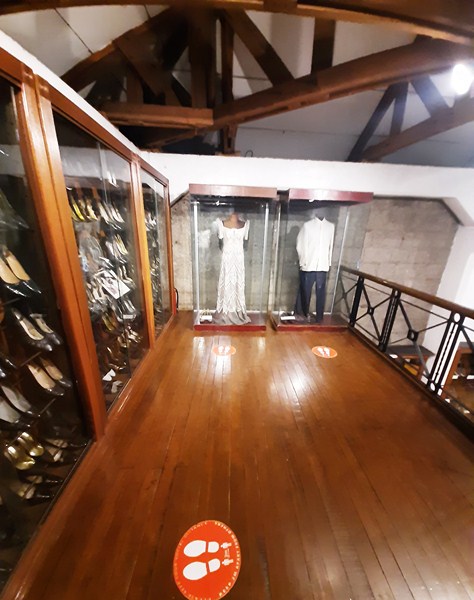
Imelda Marcos Shoes Gallery. At the end are the Filipiniana dress of Imelda Marcos and the barong tagalog of Pres. Ferdinand E. Marcos
At the center of the hall is a column of old wooden shoe lasts. A stairway leads up to the mezzanine where 749 pairs (as of 2020) of size eight-and-a-half footwear (shoes, downy boudoir slippers, slick knee-length boots, open-toed linen espadrilles, alligator pumps, etc.) of former First Lady Imelda R. Marcos, an active promoter of Marikina’s shoe industry, are displayed, occupying one long wall of cabinets.
Aside from shoes from local designers (she was gifted an average of 10 pairs a week), they include handcrafted designer pieces from brands such as Charles Jourdan, Beltrami, Christian Dior, Gucci and Oleg Cassini. Also on display are a Filipiniana dress worn by her and a barong tagalog worn by the late Pres. Ferdinand E. Marcos.
Seized by the Presidential Commission on Good Government, they were formerly on display, for six years, at the Malacañang Palace Museum (now the Malacanang Museum and Library) during Corazon Aquino‘s presidential term.
Check out “Malacanang Museum and Library”
It was later placed in storage at the beginning of Fidel V. Ramos‘s presidency. In 1996, a portion of Marcos’ shoe collection was requested to be transferred to the Marikina city government led by Mayor Bayani Fernando. Marcos did not object to the request in 1998.
Also on display are shoes worn by the late President Ferdinand E. Marcos plus shoes donated by the late President Fidel V. Ramos, President Joseph Estrada (a size 10) and President Gloria Macapagal-Arroyo, and shoes donated by other politicians (Sen. Loren Legarda, Cong. Jose de Venecia, Bongbong Marcos, etc.) including a pair of shoes from Senator Miriam Defensor Santiago which she wore during the 1992 Presidential Campaign and during her visit to local shoe manufacturers in Marikina.
There are also shoes from showbiz figures (Agot Isidro, Dolphy, Fernando Poe Jr., Christine Reyes, April Boy Regino, Angel Aquino, John Arcilla, Rosa Rosal, etc.) , athletes (Paeng Nepomuceno, Eugene Torre, etc.), beauty queens (Venus Raj, etc.) and other well-known personalities (Lisa Macuja-Elizalde, Jaime Cardinal Sin, First Lady Amelita Ramos, etc.).
Aside from celebrity shoes, there is a display about footwear through the ages. Highlights include kinds of shoes icemen would have worn back in 3300 BC, Dutch clogs, Viking boots, Roman sandals and Indian moccasins. Also on display are the products that made Marikina as the Shoe Capital of the Philippines.
On another corner are award-winning shoes, mostly fantasy footwear, from the city’s annual design competition.
Also on display are actual cobbler’s tools, a sewing machine, shoe lasts, shoe components, men’s and ladies’ shoe stands and a manual delaster. There’s also a huge, 3 ft. high leather shoe.
On the sidewalk surrounding the Shoe Museum is the Shoe-perstar Alley, a walk-of-fame inaugurated on November 13, 2012 (Sapatos Festival).
It features 49 famous personalities from different careers like politics, sports, arts, entertainment, music, philanthropy, business, news and current affairs, fashion and beauty, and religion who have greatly contributed to the upliftment of the shoe industry in Marikina. Their names are placed on 60cm. x 60cm. tiles that have a 16cm. x 16cm. shoe design made of brass.
Also outside the Shoe Museum is a century-old acacia tree, one of two Heritage Trees in Marikina which are enduring witnesses to city’s history, particularly the growth and struggles of its footwear industry. Now laying on its side, the trunk blocking J.P. Rizal Street and half of the roots unearthed and exposed, it was uprooted by a tornado spawned by Typhoon Ompong on September 14, 2018. First aid methods and bonsai techniques had been used to revive this acacia and it is now considered a symbol of the community’s own survival and resilience.
Museo ng Sapatos: J.P. Rizal St., San Roque, Marikina City (50 m. from the Sentrong Pangkultura ng Marikina), Metro Manila. Open daily, 7:30 AM to 4:30 PM. Admission: Php50. Tel: (632) 696-6516.E-mail: marikinatourism@gmail.com.
How to Get There: take the LRT-2 to Santolan (its last stop) and then take a San Mateo-bound jeepney to City Hallon Central Shoe Ave. From there, it is a short walk to the museum.

